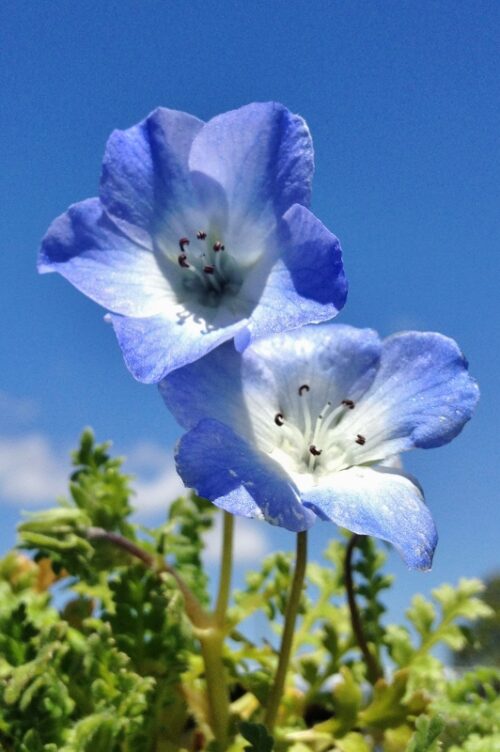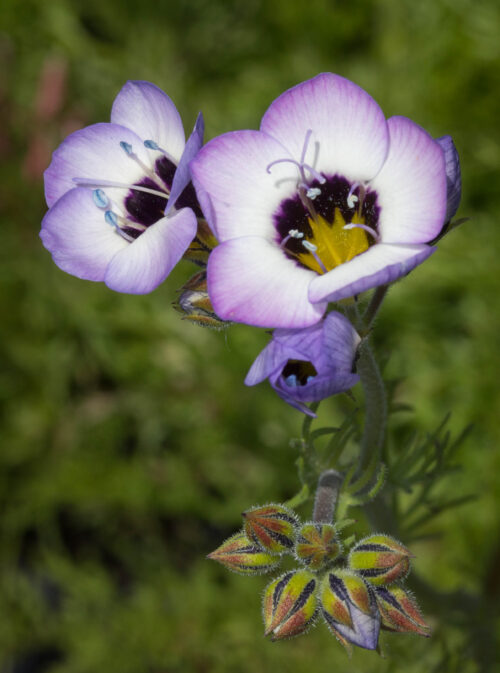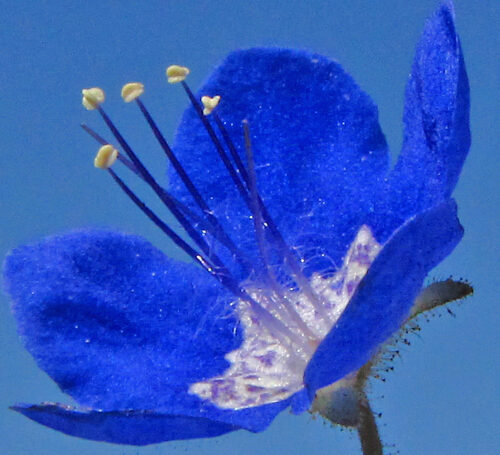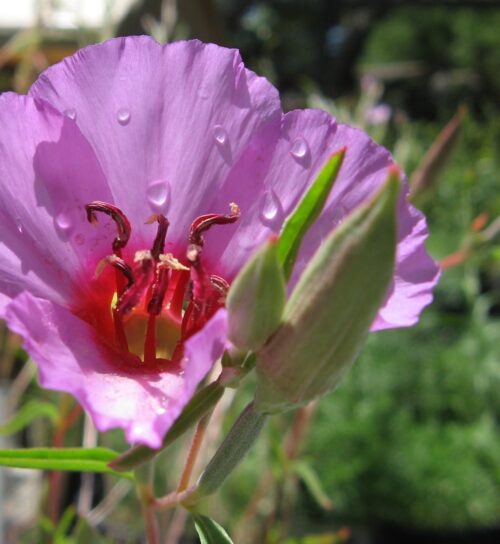Lepidium virginicum
$2.70 – $3.60
We do not take online orders for plants. Please come in to the nursery, call or email: (510) 234-2222 or sales@thewatershednursery.com
Share this page
Pepperweed
Named for its peppery taste, Pepperweed is an herbaceous annual or biennial in the Brassicaceae (mustard) family. It grows roughly 1.5-2 feet tall and can have a busy appearance when fully developed.
Pepperweed is a host plant for several species of White and Marble butterflies. It’s flowers are quite tiny, but provide valuable nectar for flies as well, making it a wonderful addition to pollinator gardens. It also pairs nicely in edible gardens as all parts of Pepperweed are edible, nutritious, and medicinal!
In the garden, Pepperweed is tolerant of a variety of conditions in practically any soil. It reseeds itself readily and can spread, so be mindful where you put it!
Sun: Full Sun, Part Shade
Other: Attracts Butterflies, Drought Tolerant
| Container | RP, D-16 |
|---|---|
| Ecological Value | Host plant for several butterfly species, including Checkered White, Becker's White, Western White, Large Marble, and Pearly Marble. |
| Historical Uses | All parts of this plant are edible and have a peppery taste. Young leaves can be sautéed or used fresh in salads. The flowers and roots can also be added to salad., The leaves are used to treat Vitamin C deficiency, diabetes, and to expel intestinal worms. It's also a diuretic and can be beneficial in easing rheumatic pain., The roots can be used as a horseradish substitute when crushed with vinegar and salt added., Young seed pods can be used as a substitute for black pepper. The nutritious leaves contain protein, iron, vitamin A and vitamin C. |
| Distribution | Native to much of North America, including most of the United States and Mexico as well as most of Central America. |
| Elevation | 0 – 6,600 feet |
| Communities | |
| Habitat | Disturbed areas, fields, roadsides, waste areas, prairies, and pastures |





